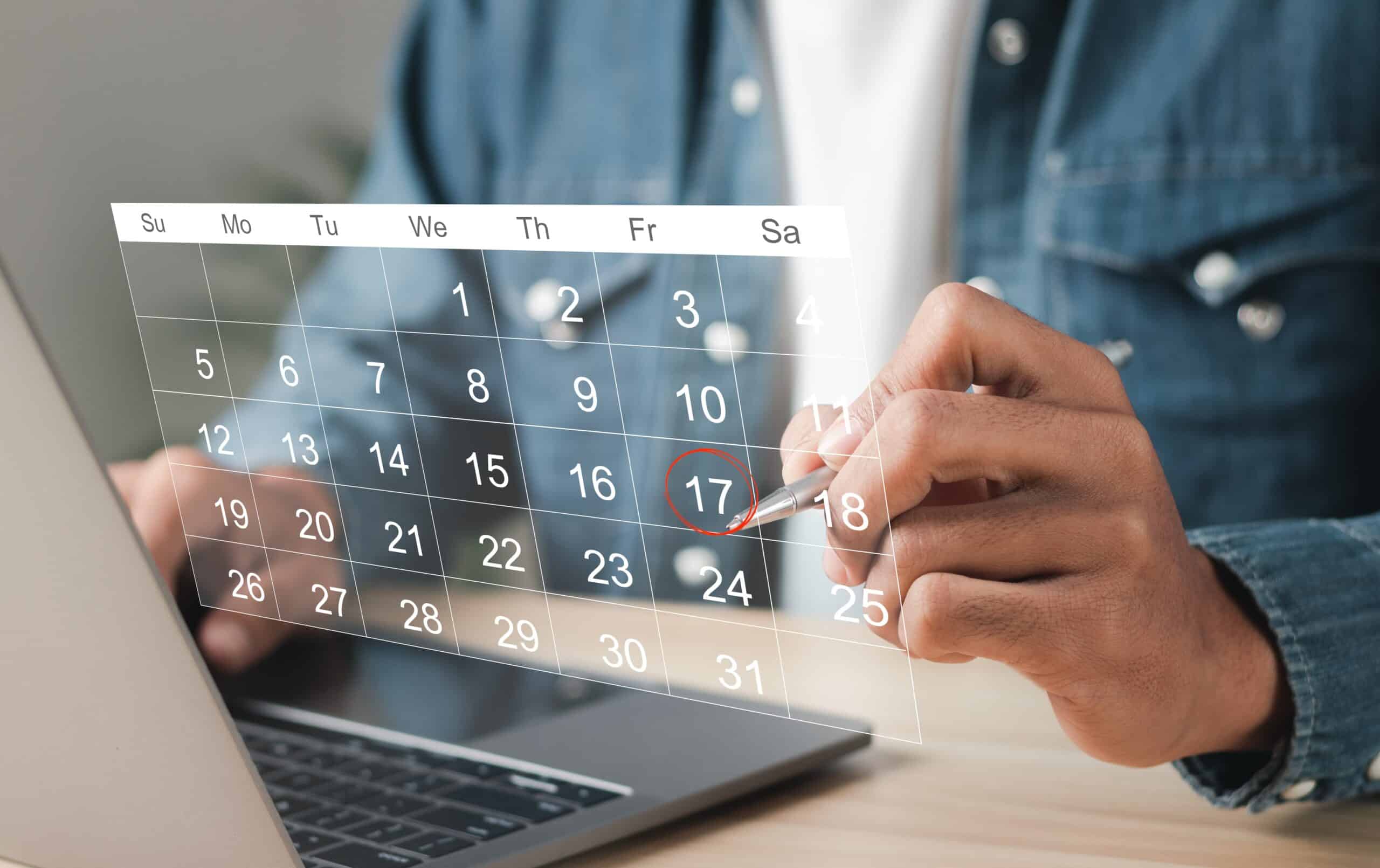What exactly is burnout in healthcare? Burnout is defined by the WHO (World Health Organization) as the “syndrome conceptualized as resulting from chronic workplace stress that has not been successfully managed.” (International Classification of Diseases).
It’s important to note the addition of workplace as this was omitted in previous definitions. This gives the severity of workplace health a real nudge.
Symptoms of burnout vary greatly among healthcare workers. Some experience insomnia, emotional exhaustion, apathy, and depersonalization. Others may become more restless and agitated—and be haunted by a nagging feeling that their efforts are simply not enough, no matter how hard they try. They may feel like an outsider watching their own life unfold outside of their control.
A Gallup poll confirmed that, “Employees who strongly agree that they always have too much to do are 2.2 times more likely to say they experience burnout very often or always at work.” In the healthcare business, this statistic is likely to be way, way higher. With high-risk patients, emergency situations, and regular overtime—it’s one of the more challenging fields. How does it make sense for staff who work in the healthcare business to be unhealthy?
What happens when healthcare workers go through habitual and long-term burnout? They become less inclined to go the extra mile in their job and may resort to dangerous coping mechanisms such as substance abuse.
Some people may skip meals altogether, whereas others may binge eat to cope with stress. Comorbid symptoms such as depression and anxiety are common. At the end of the day, burnout looks different for everyone.
Burnout is just as physical as it is emotional—a real mental health condition of its own. It’s serious and can zap someone’s energy and happiness in a snap, which is why it’s critical to take steps to prevent it from creeping up on your staff. So, how do you recognize the signs of burnout within healthcare, specifically?
Administrative staff who are burned out are more likely to call in sick, show up late to their shifts, seem impatient or negative, and suffer from otherwise unexplainable headaches or stomach problems.
We’ll discuss how we can prevent burnout in healthcare administration workers and promote a culture of empathy and understanding.
Let’s explore seven effective ways to prevent burnout in healthcare administration, starting with patient scheduling software:

1. Add Patient Scheduling Software
Rather than spending countless hours serving only one patient at a time over the phone, scheduling software can improve your healthcare business by eliminating the need for calls. This will free up time in your healthcare administration team and boost your patients’ appointment attendance. A win-win for everyone involved in patient care. Your staff can now focus on more urgent responsibilities and free up time that would’ve been consumed by phone calls.
With 85% of US adults using smartphones, which make up 47% of web traffic, It’s a no-brainer to have the option for SMS appointment updates. A simple text prompt on a cell phone such as “Reply Y to confirm or N to cancel” is easy for anyone to understand and a perfect solution for even the busiest of patients.
DaySmart Appointments could be the perfect solution for your healthcare business. With lightning-fast APIs, seamless cloud integrations, and a clean UI layout—your staff and patients will love the switch, just let our happy customers speak. See our customer reviews and book a demo today to see the difference.
2. Consider In-Person and Virtual Mental Health Support
We hear about doctors and nurses burning out frequently, but what about staff who work in healthcare administration? The first points of contact for many patients? They’re the glue that keeps the hospitals and clinics running smoothly. They’re the ones who patients associate the tone and nature of a medical practice with.
Healthcare administration staff may be less likely to speak out about burnout as they may see nurses and doctors work longer hours and engage more with patients. They may still view burnout with stigma and believe their efforts are less physically and emotionally taxing. Mental health is crucial, and burnout can affect anyone in the healthcare business.
Many mental health programs exist that offer phone call, video chat, or text messaging options for communication. As for in-person support, consider hiring resident social workers or mental health specialists who are available as needed for your staff. The simple reassurance that someone is always there to lend an ear and listen can ease the effects of burnout.

3. Healthy Eating Diet Plans
Food is our fuel, and workers in healthcare administration are no different. Getting a well-balanced, nutritious meal for five days (or more!) a week can be time-consuming and challenging for those working overtime or rotating shifts. Many workers have little to no time for meal prep with long back-to-back shifts. It makes sense why microwavable meals and takeout are the norm.
Healthcare workers globally experience high rates of poor nutrition and obesity—which is concerning. These eating habits, long-term, may contribute to burnout. Less healthy (but quick and easy) junk food choices may provide spikes of energy (such as sugary drinks), but are a short-term solution. Better choices such as whole grain oatmeal leave workers feeling full longer with consistent energy levels.
Your healthcare business can offer an affordable (or complimentary) meal program made fresh with whole foods. Health is wealth, and this applies to everyone involved in healthcare—not just patients. Consider adding filtered water stations and fridges that are regularly re-stocked with healthy snacks, such as fruits, vegetables, nuts, whole grain granola bars, milk, yogurt, and cereal.
4. Adopt a Flexible Scheduling System
Allow your healthcare administration workers to select their own shifts according to their time constraints. A variety of shift scheduling software now offers employees the ability to select blocks from a week to a month in advance. This way, they can have the freedom to plan for a manageable workload.
In return, they’ll have better work-life balance which naturally combats the effects of burnout. When you trust your staff to self-schedule their shifts and plan their life, they’ll appreciate the autonomy. See more productive employees, better communication, and an overall lift in mood. How does that sound for better company culture?
By predicting their shifts well in advance, staff in healthcare administration can manage their days knowing what to expect. Refrain from contacting staff outside of work hours so everyone can set and encourage healthy boundaries. This way, staff are less likely to feel overwhelmed by too much work and hours outside of their control.
5. Get a Workplace Health Consultant’s Perspective
A second expert perspective can promote change within your healthcare business. Workplace health remains one of America’s issues yet to be effectively resolved. Healthcare consultants have a background in health policies, and they often were in the field themselves and have first-hand experience. Some are even retired physicians who want to improve the landscape of healthcare.
The consultant will keep patient safety in mind to create solutions for highly complex problems, with healthcare worker burnout being one of them. By increasing employee satisfaction, your staff’s collective productivity naturally rises, which reduces costs and increases revenue. Workplace health consultants can also help push for new initiatives and encourage workers to speak up about potential burnout.
For example, a healthcare consultant may suggest a whole office furniture rearrangement so the sun does not hit the receptionist’s eyes and cause glare. They may also change the line-up structure for patients and check-in procedures (e.g. mobile phone versus written notice). These are physical, environmental changes. Bigger shifts happen psychologically, such as a whole culture shift—which we will touch upon later.

6. Provide Ergonomic Rest Options
To expand on healthcare wellness, you can allow your employees multiple ways to wind down during breaks such as nap pods or a meditation station. These solutions can work wonders on their mental health, and in return, combat burnout before it happens. There’s more to winding down than simply catching some zzz’s or physical rest—7 types, in theory. They are: physical, mental, sensory, creative, emotional, spiritual, and social rest.
Most healthcare administration professionals have to work with computer screens and sit for the majority of their shift. Allowing options such as dimmer displays (or dark mode) can help take off some sensory strain on the eyes. Also, ergonomic mice help prevent wrist strain. Try adjustable monitors and chairs for better posture. You can also offer stretching stations with yoga mats and balls as well as standing desks to help alleviate muscle stress from sitting.
Rest stations in healthcare can give your healthcare staff all 7 types of rest they need during their breaks. Customizable dimness and bluetooth-connected speakers can help create the atmosphere staff are looking for to feel rejuvenated. Some people prefer light instrumental music, whereas others calm down with a soothing podcast. Leave only space to heal and deeply relax, without any additional space for burnout to sneak in.
7. Step into a Culture Shift of Understanding and Empathy
From providing mobile health technology for patients to build customer relationships to offering options for healthy eating, everyone has the responsibility to make a shift in company culture for the better. Cause a positive chain reaction with the help of staff from each department, and reap the benefits of empathy and respect. Technologies such as scheduling software can help accelerate this shift.
The healthcare business is a huge ecosystem that requires understanding at every step of a patient’s visit. Your healthcare administration staff, as previously mentioned, are the critical first step of contact. When patients dial in with a request, their voice is the first they hear. They set the tone for potential future visits, and deserve to feel empowered to offer first-class service to every patient.
From adding monthly company-wide wellness events to holding brief encouragement gatherings at the start of each shift, small changes can make a huge impact. Healthcare administration staff work hard to ensure that operations run smoothly every single day. They are essentially essential. And that’s up for no debate.

Try DaySmart Appointments Today in Healthcare Administration
Save time and costs with DaySmart Appointments scheduling software and see the difference in response rates from patients. Let your healthcare business excel and thrive—as well as your employees. One person can only handle so much work (and calls), but with technology, the possibilities are limitless. Save overhead costs and let our software do the heavy lifting for you.
Burnout can cause employees in the healthcare business to feel out of control and frustrated due to the lack of social support or understanding. They may show up late to their shifts and call in sick more frequently. Their usual, chipper self may be squashed by a lifeless, monotone voice paired with tired eyes.
Your healthcare staff can also seem “on edge” and make more mistakes than usual. Once an employee reaches the point of burnout, they may feel powerless to regain their energy, regardless of how many cups of coffee they drink. This is precisely where scheduling software and culture shifts can help.
Together, you can all combat burnout to form a healthier work dynamic and improve satisfaction rates across the organization. From 24/7 mental health support to flexible shift scheduling systems, experiment with different approaches to see what boosts employee morale the most. Healthier employees, healthier patients. Let’s promote positive change to prevent burnout in the healthcare administration field.
Contact us today to schedule your free software demo and see what DaySmart can do for your healthcare services—both public and private. Our lightning-fast APIs are backed up with regular maintenance and updates to protect confidential data on patients’ electronic health records. Rest assured that everything is tested and perfected with your staff and patients in mind.
Try DaySmart Appointments today and see the difference!




